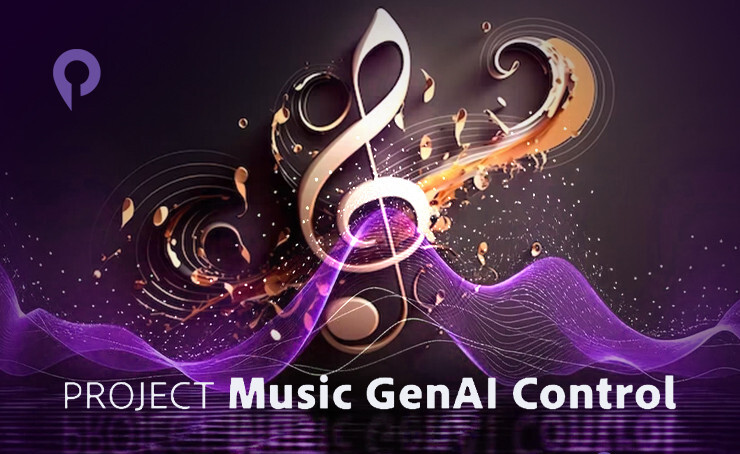Adobe’s newest venture into generative AI technology introduces a groundbreaking way for individuals to produce and tailor music, even without any expertise in audio editing. Unveiled at the Hot Pod Summit in Brooklyn, the innovative Project Music GenAI Control offers a prototype that empowers users to craft music through simple text descriptions. This tool can create specific musical styles based on inputs like “happy dance” or “sad jazz.”
Adobe’s tool simplifies the music creation process by integrating editing functionalities directly within the platform, eliminating the need for external editing software. Users have the ability to fine-tune their creations, making adjustments to repeating patterns, tempo, intensity, and the overall structure of the music. Additionally, the tool offers features for remixing sections of music and generating audio loops, catering to the needs of those requiring backing tracks or ambient music for various content creation projects.
Adobe has further highlighted that its innovative tool is capable of fine-tuning audio outputs by aligning them with a reference melody, as well as extending the duration of audio clips to accommodate longer formats required for fixed animations or podcast segments. However, details regarding the user interface for this audio editing functionality remain undisclosed, inviting users to envision the possibilities for now.
For the public demonstration of Project Music GenAI Control, Adobe utilized content from the public domain, though it remains unspecified whether the tool will support direct uploads of any audio for reference purposes or the extent to which audio clips can be lengthened. Inquiries have been made to Adobe for additional clarification on these capabilities, and updates will be provided as more information becomes available.
While there are comparable technologies in development, such as Google’s MusicLM and Meta’s AudioCraft, which is open-source, these platforms primarily focus on creating audio through text commands, offering limited, if any, options for post-generation editing. This limitation necessitates either repeatedly generating new audio until the desired outcome is achieved or manually editing the music with separate audio software.
Nicholas Bryan, a senior research scientist at Adobe Research, emphasized in a press release the unique advantage of Adobe’s new tool. He stated, “The real breakthrough with these new tools is that they go beyond mere audio generation. They elevate the creative process to the level of what Photoshop offers for visual elements, granting creators the ability to intricately shape, modify, and fine-tune their audio creations. It’s akin to having pixel-level manipulation, but for music.”
Adobe’s Project Music GenAI is the result of a collaborative effort with the University of California and Carnegie Mellon University’s School of Computer Science. Described by Adobe as an “early-stage” experimental venture, there’s potential for its innovative features to be integrated into Adobe’s established suite of editing tools, such as Audition and Premiere Pro, in the future. However, such integration is anticipated to be a gradual process.
As of now, this tool has not been made available for public use, and Adobe has yet to announce any specific release date. For those interested in following the progress of Project Music GenAI — as well as exploring other innovative projects Adobe is developing — the Adobe Labs website serves as a valuable resource for updates and insights.



